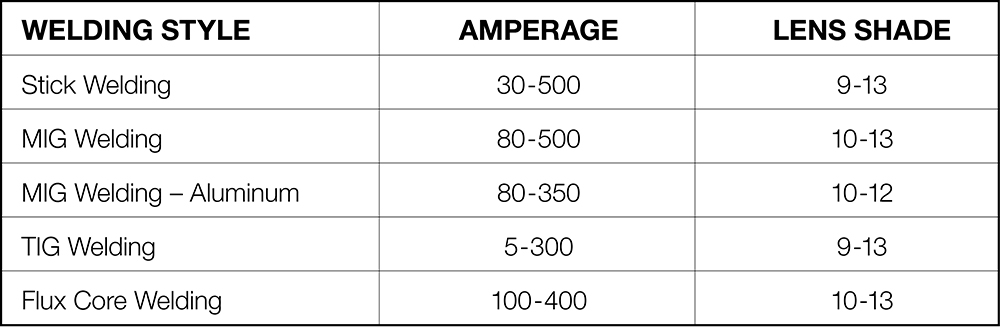

- #Internal shade control vs external welding hood how to#
- #Internal shade control vs external welding hood free#
Diversification has spread living processes across the planet, progressively increasing the range of environments and free energy sources exploited by life. Two great trends are evident in the evolution of life on Earth: towards increasing diversification and towards increasing integration. The tension between hierarchy and local coherence recurs throughout the thesis-in the difference between Marxism and anarchism, in internal versus external control, in the structural component of hierarchy, in hierarchical models versus their non-hierarchical variants, and in human agency versus determination. In this way, there can be jointly related ideas rather than a single, primary concept with several sub-concepts.
#Internal shade control vs external welding hood how to#
Overall, this thesis illustrates how to think in a less hierarchical way by focusing on local coherence. This mechanism of constant opposition is illustrated in a simulation. In this manner, no power can grow too big. The rise of such a controller can be avoided by constantly opposing any seed of hierarchy or coercion. This system can acquire goals of its own, which can become disconnected from the goals of the entities that created the system. Working together to reach your goals can lead to a higher-level system. Self-organization can lead to the development of a controller. These concepts are described using mathematical tools such as graphs and entropy in cybernetic models. In a hierarchy, each element has no more than one influence and this influence works in only one direction.

Determination and coercion are associated with a hierarchical structure. External determination, wherein one is completely influenced by an external force, makes one vulnerable to coercion. Coercion forces a person to do something he does not want to do, while constraint limits a person’s possibilities. Internal control refers to control over your own situation, while external control is directed towards the (whole) environment. Defining these aspects leads to different understandings of freedom. I distinguish several aspects of power: control, coercion, constraint, determination and hierarchy. What are, on the one hand, authority and hierarchy, and, on the other hand, what are freedom and autonomy? How does hierarchy evolve in social systems? And how can we shift from hierarchical control to a more free social organization? To answer these questions, I make use of social theory, anarchist theory, complex systems theory, mathematics and computer simulations. I divide this issue into three main research questions. My motivation to study these concepts stems from observing a lack of freedom in contemporary society despite a lack of obvious coercion or clear hierarchical structure. In combining anarchist theory with mathematics, this thesis wishes to better understand what power and hierarchy are in order to explore how we can live without coercion. The model of controllability is a model about global control, while the others model local control, based on neural networks or perceptual control theory. All of these models will be put into an overarching framework. Several of these cases will be further explored by giving an existing model that falls under this circumstances. An agent could adapt its links, or try to change either the methods or the goals of its neighbors. The first lies in the locality: is there an aim for global control, or only for control in the immediate environment? There is also a difference in what one tries to change. There are two aspects in this difference. I'll define these concepts in cybernetic terms, and argue why they are not necessary related. While with internal control, one's own aspirations are taken as a starting point, and useful synergies with the environment are sought. In external control, one starts from outside, and tries to determine the environment completely. But what and how are they controlling? I differentiate two categories of control: internal and external control. In cybernetics, the basic assumption is that systems aim for control.


 0 kommentar(er)
0 kommentar(er)
